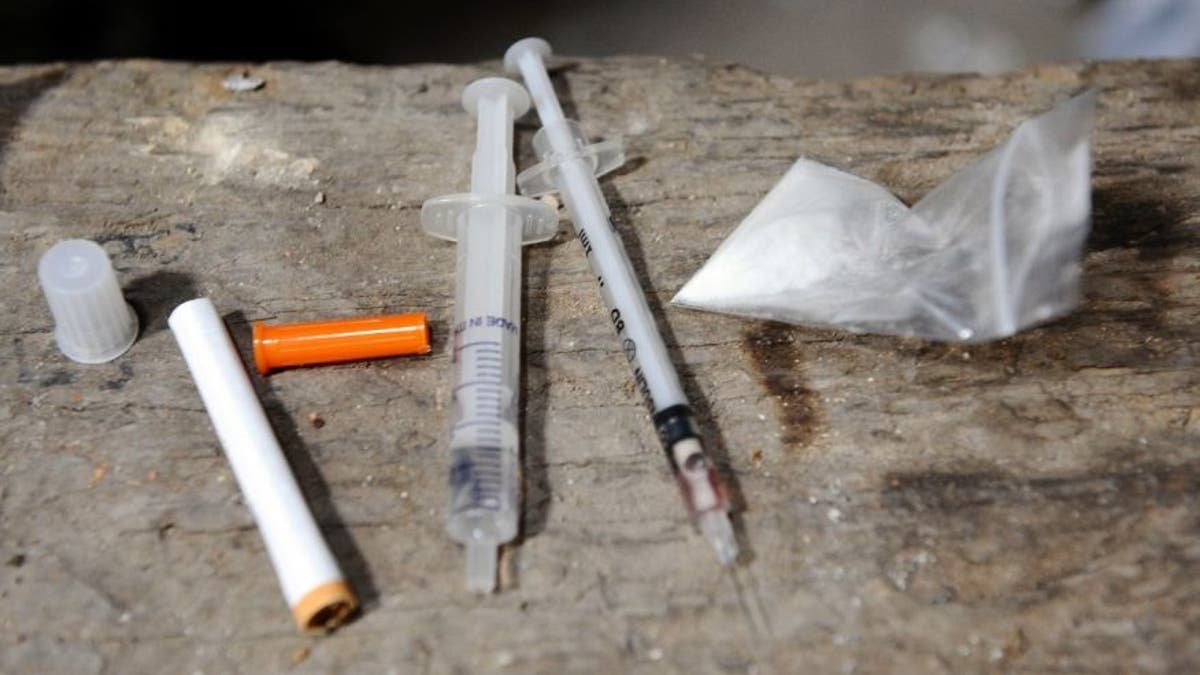
Teens who play sports are less likely than those who don't to say they've ever used opioid painkillers without a prescription or heroin, according to a new U.S. study.
Researchers also found that opioid and heroin use declined among teen sports players between 1997 and 2014, a period when overall use of these drugs was increasing in the U.S.
Young athletes, in general, are less likely than their nonparticipating peers to use illicit substances like cocaine or LSD, said lead author Philip Veliz of the University of Michigan in Ann Arbor.
"What was surprising were the decreasing trends in both lifetime prevalence of nonmedical use of prescription opioids and heroin use among athletes and nonathletes during a period when the prescribing of opioid medication increased," Veliz told Reuters Health by email.
Past research has found that athletes have a higher than average likelihood of being exposed to opioids as a result of injuries. Although that puts them at risk of abusing the drugs, little is known about whether it also raises the risk of using heroin, the authors write in Pediatrics.
The researchers studied eighteen groups of eighth and tenth graders participating in the Monitoring the Future study between 1997 and 2014. More than 191,682 kids reported their sports or exercise participation over the previous year and whether they had ever used heroin or "narcotics other than heroin, such as methadone, opium, morphine, codeine, Demerol, Vicodin, OxyContin, and Percocet . . . without a doctor telling you to take them."
Overall, about 7 percent of kids said they had ever used opioids without a prescription and 2 percent had used heroin. Both proportions decreased over time, however. In 1997-1999, 10 percent said they had abused opioids, compared with 5 percent in 2012-2014. Similarly, 2.3 percent reported ever having used heroin during the first period, compared with 1 percent in the second period.
Half of teens said they had been involved in sports and exercise almost every day, with 39 percent participating once a week at most and 8 percent not participating in sports at all.
Playing sports appeared to have a protective effect, researchers said.
Among kids who played no sports, 11 percent said they had used opioids without a prescription, compared with 8 percent of those playing sports at most once a week and 7 percent of those playing sports every day.
"First, since athletes need to be in shape to participate in sport at an optimal level, they may avoid problematic drug use to be able to perform at a high level in their sport of choice," Veliz said. "Second, since athletes are embedded in a social context (i.e., sport) with both prosocial peers and adults, they will conform to certain behaviors that will discourage illicit drug use like nonmedical prescription opioid use and heroin."
Sports also provide structure in daily life, and there is usually some adult present watching these young athletes at all times, he said.
Athletes in high-contact sports that are high injury and hypermasculine may be more likely to self-medicate with opioids or try heroin, he added.
"Rates of both nonmedical use of prescription opioids and heroin use are low among both 8th and 10th graders (compared to alcohol and marijuana use)," Veliz said. "However, parents of athletes should be concerned with nonmedical opioid use due to athletes' increased risk for injury and management of pain within their participation in physical activity or sport."
"Nonmedical opioid use has become a huge problem in recent years," so the results of this study are great news, said Joseph Palamar of the department of population health at New York University Langone Medical Center, who was not part of the new study.
"Almost a quarter of these teens that have used opioids nonmedically 40 or more times report lifetime heroin use so if we can't prevent a teen from trying opioids we must try our hardest to at least prevent continued use," Palamar told Reuters Health by email.
